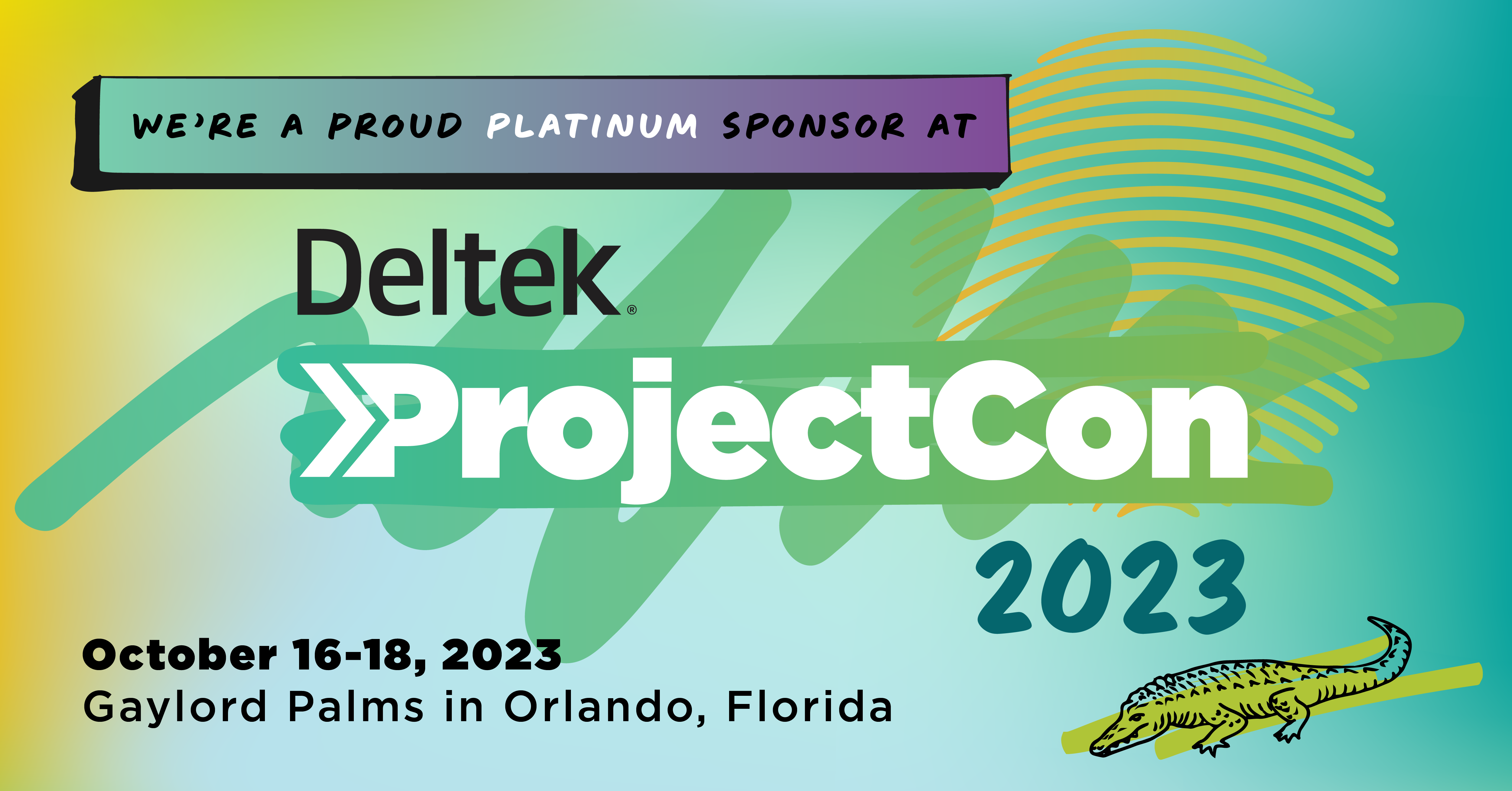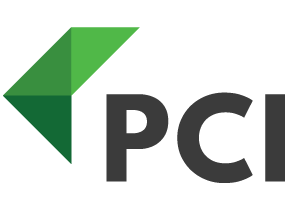
by Rebekah Weiner | Aug 11, 2023 | Deltek Advertising, Deltek ConceptShare, Deltek Costpoint, Deltek Marketing, Deltek WorkBook, Government Contracting, Value Added
Deltek ProjectCon 2023 will be taking place from October 16th – 18th at the Gaylord Palms Resort & Convention Center in Orlando, FL. As a Platinum Sponsor of this event, PCI is excited to be a part of this incredible event! Deltek ProjectCon is the ultimate event...

by pci_admin | Apr 29, 2019 | Deltek Advertising, Deltek WorkBook
In Deltek’s recent webinar, Financial KPI’s for the Healthy Agency: Are You Really Measuring What Matters Most, David Baker, Author, Speaker, Entrepreneurial Advisor at ReCourses, Inc. talks through the 7 KPIs in which your agency should be measuring. 1....

by pci_admin | Feb 19, 2019 | Deltek Advertising, Deltek Marketing, Deltek WorkBook
Profitability is one of the most important aspects of any business, especially within agencies. In this blog, we will review 10 best practices to ensure your processes are on the right track to maximize agency efficiency: 1. Create Accurate EstimatesWith...

by pci_admin | Oct 5, 2018 | Deltek Advertising
How to Win in the Sport of Advertising Blog from: Deltek, written by Nancy Murray Last week I had the pleasure to participate in an Ad Age webcast alongside Michael Farmer, renowned business strategist and advertising industry expert. I’ve been pondering our...





